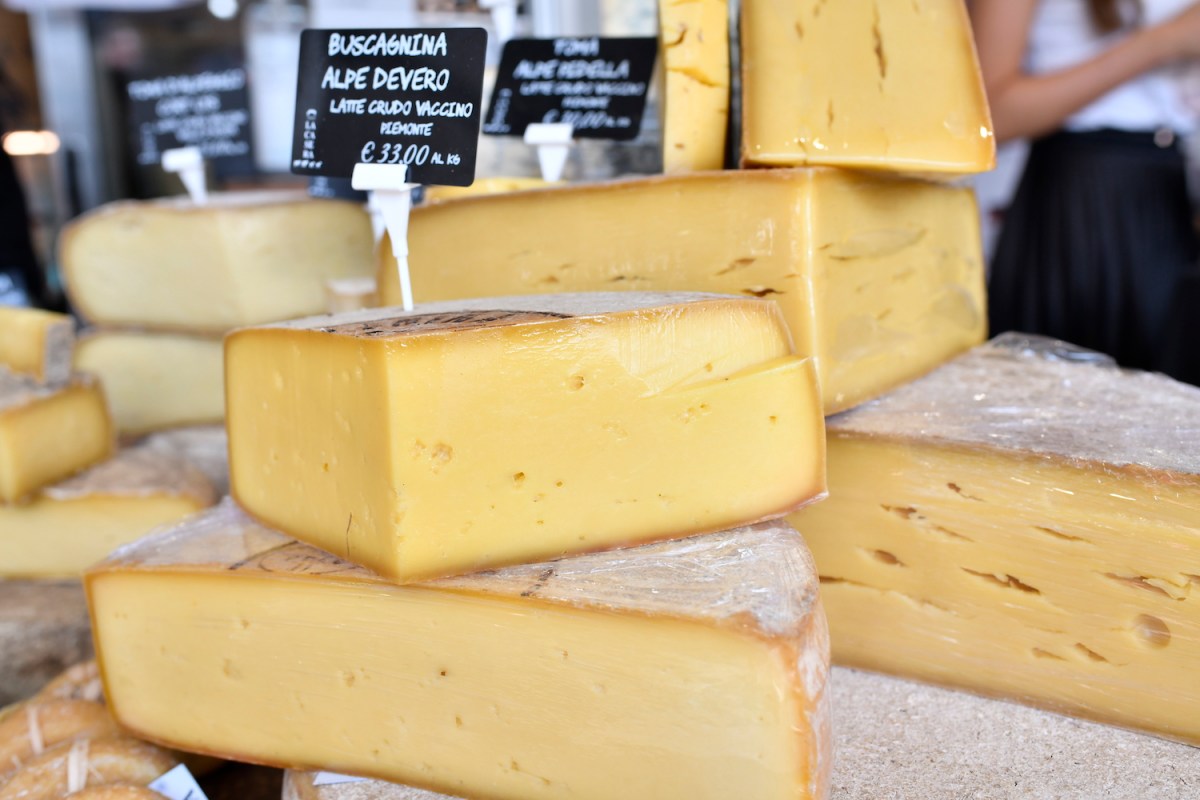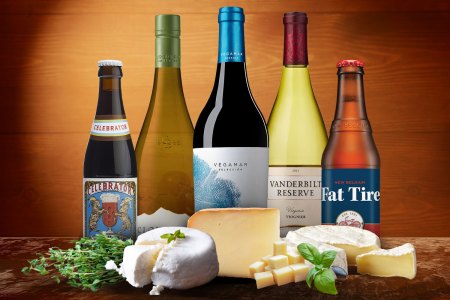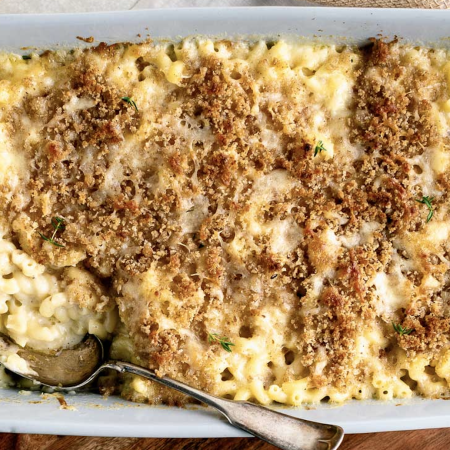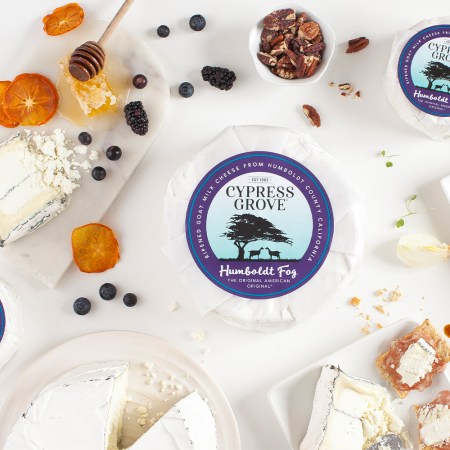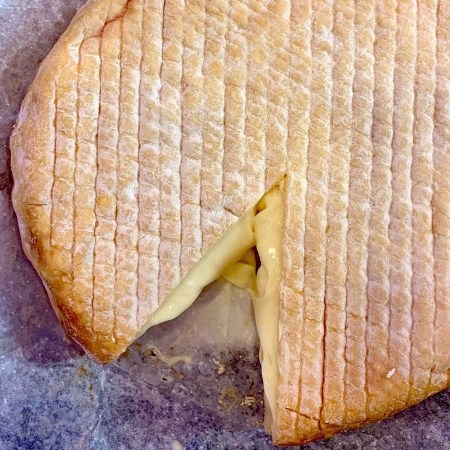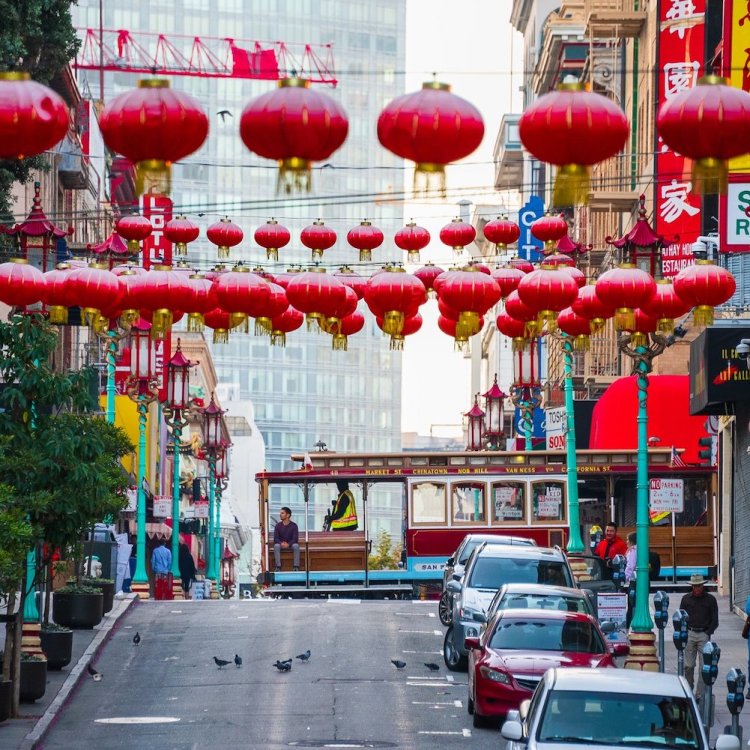We’ve all heard of Normandy’s Camembert or Emilia-Romagna’s Parmigiano-Reggiano. But what of crumbly Castelmagno, made in a long-abandoned village in the Italian Alps that’s otherworldly in its picturesque allure, or the pressed sheep’s milk cheeses that hail from the off-the-beaten-path French Pyrenees in all their rustic charm? These underrated cheese regions are ripe for discovery, and it’s Anna Juhl’s mission to open our eyes to all they have to offer.
Juhl is a former cheesemonger and founder of Cheese Journeys, a cheese-focused travel company that seeks to bring curious turophiles (aka cheese connoisseurs) to the cradles of cheese production. Her relationships with local producers — and her desire to share the fruit of those relationships with her clients — set her apart. So we sat down with Juhl to find out where she thinks cheese lovers need to book their next holiday, and this is what she had to say.
England
While England has not long been lauded for its food, during the past few decades, a quiet yet burgeoning craft cheese industry means the English countryside is well worth a second look. “People typically don’t think of England as having a food culture, and they kind of pooh-pooh their whole cheese industry,” Juhl says. “But to me, the story there is so fascinating.”
She’s referring, among other things, to the challenges faced by the British following post-World War II rationing that lasted until the 1950s and the ensuing rise of artisan British cheese, the genesis of which she pinpoints to the 1979 founding of Neal’s Yard Dairy by Randolph Hodgson. Today, the English cheesescape is defined by a marriage of innovation and tradition, born of proximity to the rich cheesemaking traditions of France and compounded by the open-mindedness of local makers and mongers. The result, she says, is “an amazing new number of cheeses coming out that are super high-quality.”
While there are so many areas in England to explore, she zeroes in on Suffolk, which is home to Fen Farm Dairy. Here, third-generation cheesemaker Jonny Crickmore takes full advantage of the lush pastures to craft the Brie de Meaux-style Baron Bigod, which, according to Juhl, more than rivals the French stuff. “It’s hitting the States, and it’s unbelievable,” she says. “Really knocking people’s socks off in terms of quality.”
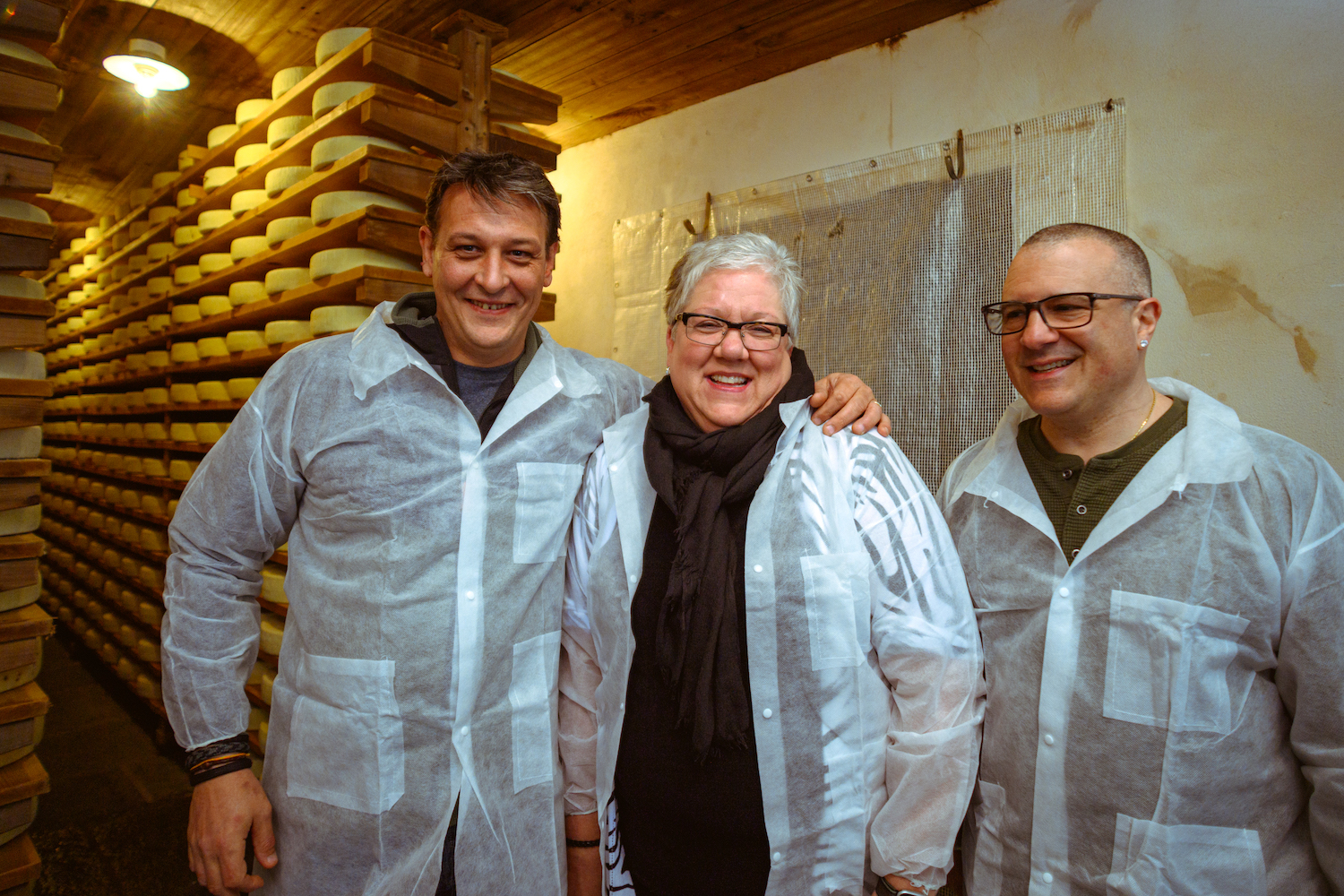
Piedmont
When it comes to Italian cheeses, we tend to think of Neapolitan buffalo mozzarella, Campanian provolone or, of course, Parmigiano-Reggiano from Emilia-Romagna. Juhl says that’s in part by design. She points to consortia funded by the Italian government to support some of the nation’s bigger cheese producers, like Parmigiano or Gorgonzola, rendering these cheeses far more common exports and, therefore, far more recognizable. But cheesemaking in Piedmont, she says, “is more artisanal, and it’s hitting the states in a different way.”
In Valcasotto, Beppino Occelli takes advantage of century-old cellars and recipes beloved illustrious turophiles like King Vittorio Emmanuele II to craft cheeses made from raw sheep, goat and cow’s milk. Visitors to the picturesque village can glimpse the historic caves and even enjoy a meal on-site. Des Martin has revitalized a nearly lost tradition of producing crumbly Castelmagno from the milk of cows that graze 1,000 meters above sea level on the outskirts of an abandoned village, now an agritourism destination. “It’s very innovative and yet classic Old World cheese production, and they’re very committed to preserving that and telling the story,” Juhl says.
This artisanal cheese tradition, compounded with exquisite wines like Barolo, make Piedmont a must-do for foodies. “People don’t realize that Piedmont is kind of the next Tuscany,” she says. “And for me, from an American standpoint, it’s a well-kept secret with beautiful landscapes, easy access, friendly and welcoming people, and good food.”
Does Wine or Beer Pair Better With Cheese?
We put the two beverage categories head to head to see which one tastes better with our favorite cheesesVermont
If you’d rather keep your cheese discoveries local, you’re in luck. “Producers overseas are curious about what’s going on in the United States, and they think all we have is junk cheese,” Juhl says. “They don’t realize there’s some really good stuff going.”
To find some of that good stuff, she’s sending people to Vermont. Jasper Hill, located not far from the beautiful and secluded Caspian Lake, produces its own cheeses on-site, like Bayley Hazen Blue or Alpine-style Alpha Tolman. It also ages cheeses made by other local producers in a state-of-the-art, seven-vaulted underground cellar — such as Oma, the washed-rind creation made by Sebastian von Trapp (yes, those Von Trapps) on his family’s dairy farm in Waitsfield, Vermont. In Shelburne, educational nonprofit Shelburne Farms crafts cheddar from the milk of pasture-raised Brown Swiss cows and offers visits, on-site dining and even lodging.
The Netherlands
Holland may be far better known for fries and beer than for cheese, and that’s not surprising to Juhl. “Unfortunately in the past, the Netherlands did not protect their names and the PDOs to the extent that they should have,” she says. “And it’s kind of a touchy subject, but the government used mass-production of junk goudas to be their brand in tourism.”
The gouda one finds at the airport or the train station may be made with dehydrated milk from Germany and vacuum-sealed for ease of transport, rendering it far from the most delicious iteration of these cheeses that, at their best, have almost caramel notes. Instead, Juhl recommends heading to areas west of Amsterdam or south of Beemster to discover what Holland’s cheese scene is really like.
“It’s tulip country — it’s just beautiful,” she says. “It’s off the beaten path, and you can really go find these people that are doing unique and innovative things, despite the pressures of very commercialized food production.”
When in Amsterdam, pay a visit to l’Amuse, the craft cheese temple owned and run by Betty Koster, an ager who firmly believes that the Dutch need to take more pride in their local cheese production. “That, to me, is a story worth telling,” Juhl says.
French Pyrenees
With more than 1,800 cheeses by some counts, France offers nothing if not a varied cheesescape. But one under-valued region, according to Juhl, is the southwest, specifically the Pyrenees. “It’s this great frontier in French cheeses that needs to be explored,” she says.
It’s less familiar to American visitors, partly because the local cheeses are largely made with sheep’s milk. “We have less exposure to that than your classic Alpine-style cow’s milk cheeses that we know and love, whether it’s raclette, Gruyère, Beaufort or Comté,” Juhl says.
But accessibility — or lack thereof — also plays a big role. “It’s not sitting right on the tourist lines of transportation,” Juhl says. This, coupled with the fact that Basque culture tends to be a bit more insular than some, means that this region hasn’t been developed nearly as much as others. “They’re farmers — they prefer animals to people,” Juhl adds. “And then you add a language barrier and a cultural barrier, and it’s not on the path where people are going to go to find them.”
But if we’ve learned anything from Juhl, it’s that these lesser-known cheese regions and producers are certainly worth seeking out.
Join America's Fastest Growing Spirits Newsletter THE SPILL. Unlock all the reviews, recipes and revelry — and get 15% off award-winning La Tierra de Acre Mezcal.
